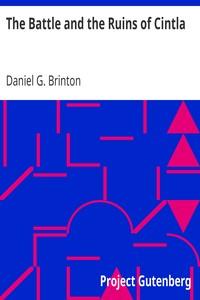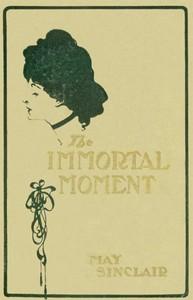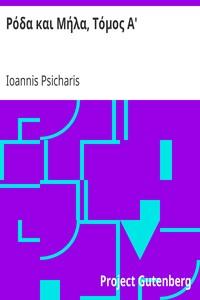Read this ebook for free! No credit card needed, absolutely nothing to pay.
Words: 7426 in 4 pages
This is an ebook sharing website. You can read the uploaded ebooks for free here. No credit cards needed, nothing to pay. If you want to own a digital copy of the ebook, or want to read offline with your favorite ebook-reader, then you can choose to buy and download the ebook.


: The Battle and the Ruins of Cintla by Brinton Daniel G Daniel Garrison - Mexico History Conquest 1519-1540; Tabasco (Mexico : State) History Military
Transcriber's Note
A number of typographical errors have been maintained in this version of this book. They have been marked with a , which refers to a description in the complete list found at the end of the text. Inconsistent spelling, hyphenation, and capitalization have been maintained. A list of inconsistently spelled words is found at the end of the text.
THE BATTLE AND THE RUINS OF CINTLA
BY DANIEL G. BRINTON, M. D., LL. D., D. Sc.
PROFESSOR OF AMERICAN ARCHAEOLOGY AND LINGUISTICS IN THE UNIVERSITY OF PENNSYLVANIA
CHICAGO 1896
THE BATTLE AND THE RUINS OF CINTLA.
BY DANIEL G. BRINTON, M. D.
The first battle on the American continent in which horses were used was that of Cintla in Tabasco, March, 1519, the European troops being under the leadership of Hernando Cortes.
This fact attaches something more than an ordinary historic interest to the engagement, at least enough to make it desirable to ascertain its precise locality and its proper name. Both of these are in doubt, as well as the ethnic stock to which the native tribe belonged which opposed the Spanish soldiery on the occasion. I propose to submit these questions to a re-examination, and also to describe from unpublished material the ruins which,--as I believe--, mark the spot of this first important encounter of the two races on American soil.
The most satisfactory narrative, however, is given by the chaplain of Cortes, Francisco de Gomara, and I shall briefly rehearse his story, adding a few points from other contemporary writers.
Cortes with his armada cast anchor at the mouth of the River Grijalva in March, 1519. The current being strong and the bar shallow, he with about eighty men proceeded in boats up the river for about two miles, when they descried on the bank a large Indian village. It was surrounded with a wooden palisade, having turrets and loopholes from which to hurl stones and darts. The houses within were built of tiles laid in mortar, or of sun-dried brick , and were roofed with straw or split trees. The chief temple had spacious rooms, and its dependences surrounded a court yard.
Free books android app tbrJar TBR JAR Read Free books online gutenberg
More posts by @FreeBooks

: The Immortal Moment: The Story of Kitty Tailleur by Sinclair May Phillips Coles Illustrator - Man-woman relationships Fiction


: Stained Glass Work: A text-book for students and workers in glass by Whall Christopher - Glass painting and staining Technology






